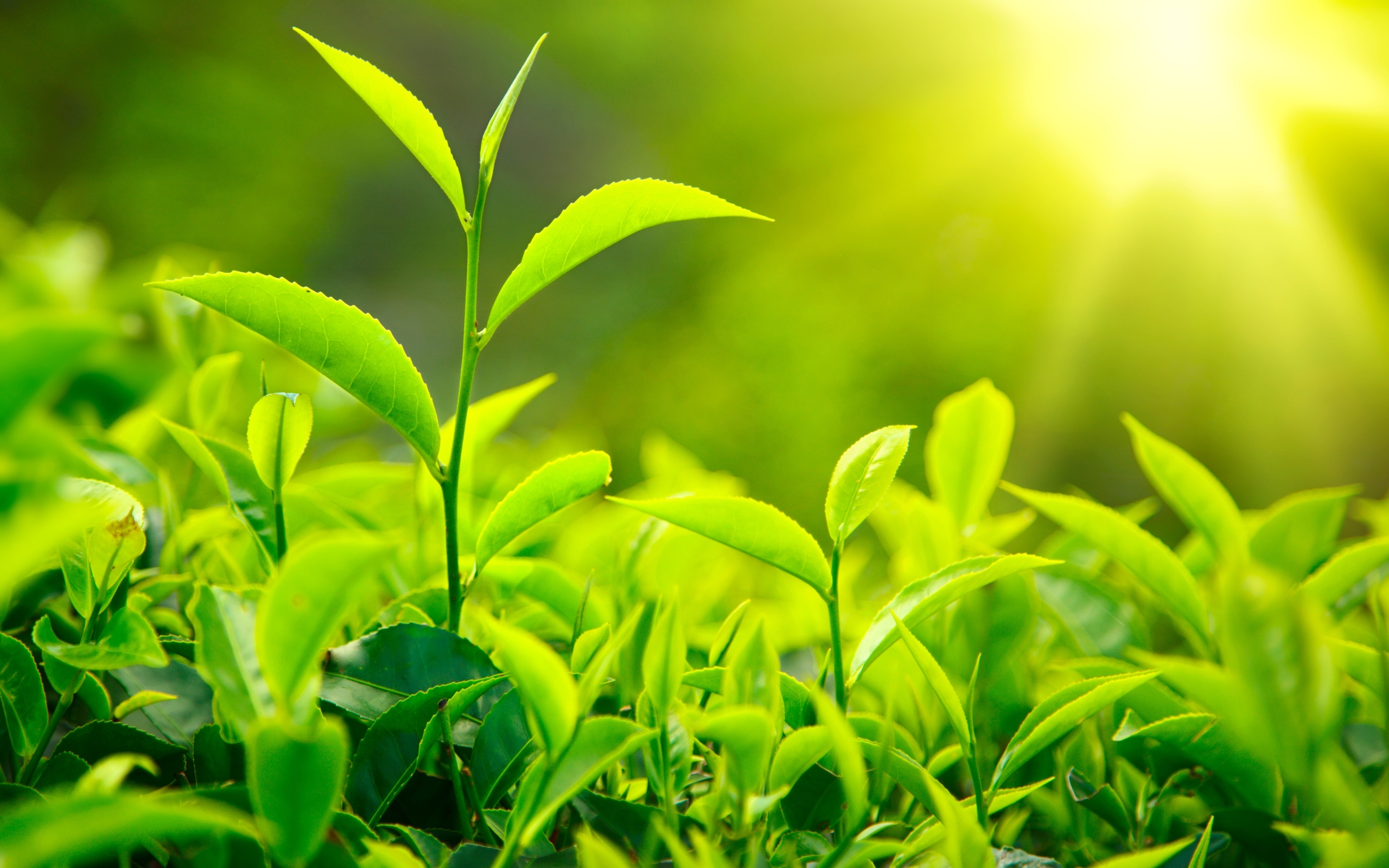
Camellia sinensis is an evergreen plant that grows mainly in tropical and subtropical climates. Tea plants are propagated from seed and cutting taking about 4 to 12 years to bear seed and about three years for a new plant to be ready for harvesting. Leaf size is the chief criterion for the classification of tea plants, with three primary classifications being, Assam type, characterized by the largest leaves. Only the top 1–2 inches of the mature plant are picked. These buds and leaves are called flushes. A plant will grow a new flush every seven to fifteen days during the growing season. Leaves that are slow in development tend to produce better-flavored tea
Tea may be blended with other teas from the same area of cultivation or with teas from several different areas. The aim of blending is to obtain a better taste and fragrance .The innate savor of the dried tea leaves is determined by the type of tea bush, the quality of the plucked tea leaves, and the manner and quality of the production processing they undergo.
The Tea making process
Although each type of tea has different taste, smell, and visual appearance, tea processing for all tea types consists of a very similar set of methods with only minor variations.
- Plucking: Tea leaves and flushes, which include a terminal bud and two young leaves, are picked from Camellia sinensis bushes typically twice a year during early spring and early summer or late spring. Picking is done by hand and depends on the skill of the picker.
- Withering/ Wilting: The tea leaves begin to wilt soon after picking, with a gradual onset of enzymatic oxidation. Withering is used to remove excess water from the leaves and allow a very slight amount of oxidation. The leaves can be either put under the sun or left in a cool breezy room to pull moisture out from the leaves.
- Disruption: The teas are bruised or torn in order to promote and quicken oxidation. The leaves may be lightly bruised on their edges by shaking and tossing which releases some of the leaf juice aiding in oxidation and change in the profile of the tea.
- Oxidation / Fermentation: For teas that require oxidation, the leaves are left on their own in a climate-controlled room where they turn progressively darker. Different degree of oxidation is required for different variety , for example ,light oolong tea 5-40% oxidation is required, in darker oolong tea 60-70%, and in black tea 100% oxidation. Oxidation is highly important in the formation of many taste and aroma compounds,
- Fixation / Kill-green: Kill-green is done to stop the tea leaf oxidation at a desired level. This process is accomplished by moderately heating tea leaves, thus deactivating their oxidative enzymes and removing unwanted scents in the leaves, without damaging the taste.
- Sweltering / Yellowing: Unique to yellow teas, warm and damp tea leaves from after kill-green are allowed to be lightly heated in a closed container, which causes the previously green leaves to turn yellow.
- Rolling / Shaping : The damp tea leaves are then rolled to be formed into wrinkled strips, by hand causing the tea to wrap around itself. This also causes some of the sap, essential oils, and juices inside the leaves to ooze out further enhancing the taste of the tea.
- Drying: Drying is done to “finish” the tea and can be done in a myriad ways including panning, sunning, air drying, or baking.
- Aging / Curing: Some teas require additional aging, secondary fermentation, or baking to reach their drinking potential.
